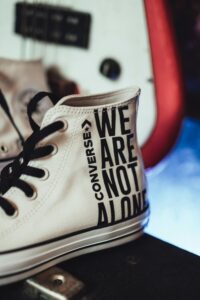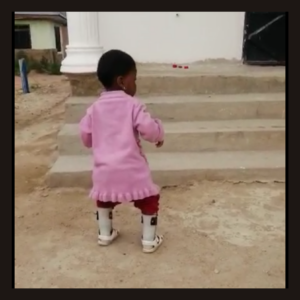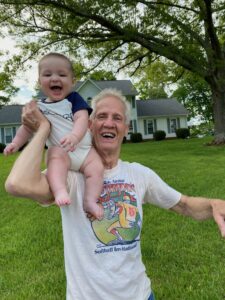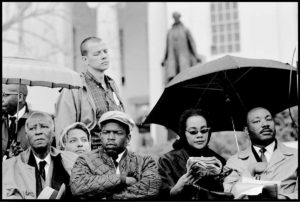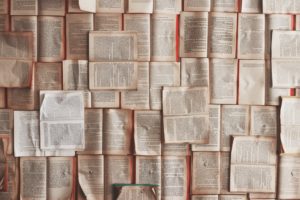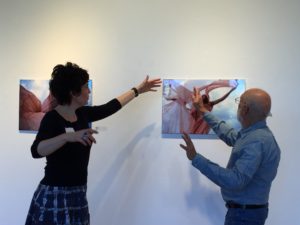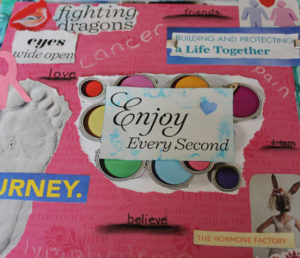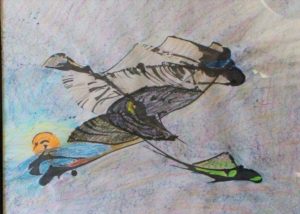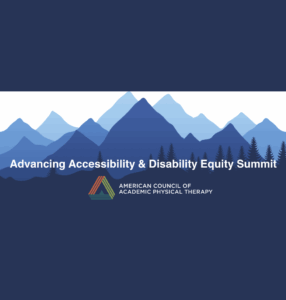
The Advancing Accessibility and Disability Equity Summit: An Introduction and Reflection on Key Take-Aways
In her introduction to this special issue, Amanda Sharp, PT, DPT, PhD, presents a detailed report of how the Advancing Accessibility and Disability Equity Summit was envisioned and then brought to fruition. Sharp presents a day-by-day account of the Summit’s presentations, panel discussions, roundtables, and more. Her detailed recounting of the event offers a blueprint for other educators and practitioners seeking to develop their own forums on disability and inclusion. “All are invited to reconsider disability within and external to physical therapy,” she states.


